*AI reviewed **photo credit https://www.mgmanitoba.com/tag/zone-3-gardening/ *** google
Manitoba’s diverse ecosystems offer a wealth of native plant species that are perfect for urban and city gardens. By incorporating these plants into your landscaping, you create green spaces that reflect the province’s natural heritage while supporting local wildlife. This guide explores native flowers, shrubs, grasses, and trees suitable for urban areas, offering practical tips for creating sustainable and vibrant gardens.
Why Choose Native Plants in Urban Gardens?
Native plants are uniquely adapted to the local climate, making them resilient and low-maintenance. They are excellent for reducing water usage, minimizing the need for fertilizers and pesticides, and enhancing biodiversity. Urban gardens planted with native species provide much-needed habitats for pollinators, birds, and other wildlife, fostering ecological balance even in densely populated areas.
Flowers and Grasses for Urban Gardens
Native flowers and grasses bring color, texture, and ecological value to city gardens. Here are some standout options:

Black-Eyed Susan (Rudbeckia hirta)
Description: These cheerful yellow blooms with dark centers are a favorite for sunny spots.
Wildlife Benefits: Attracts butterflies and bees.
Growing Tips: Tolerates various soil types and thrives in full sun.
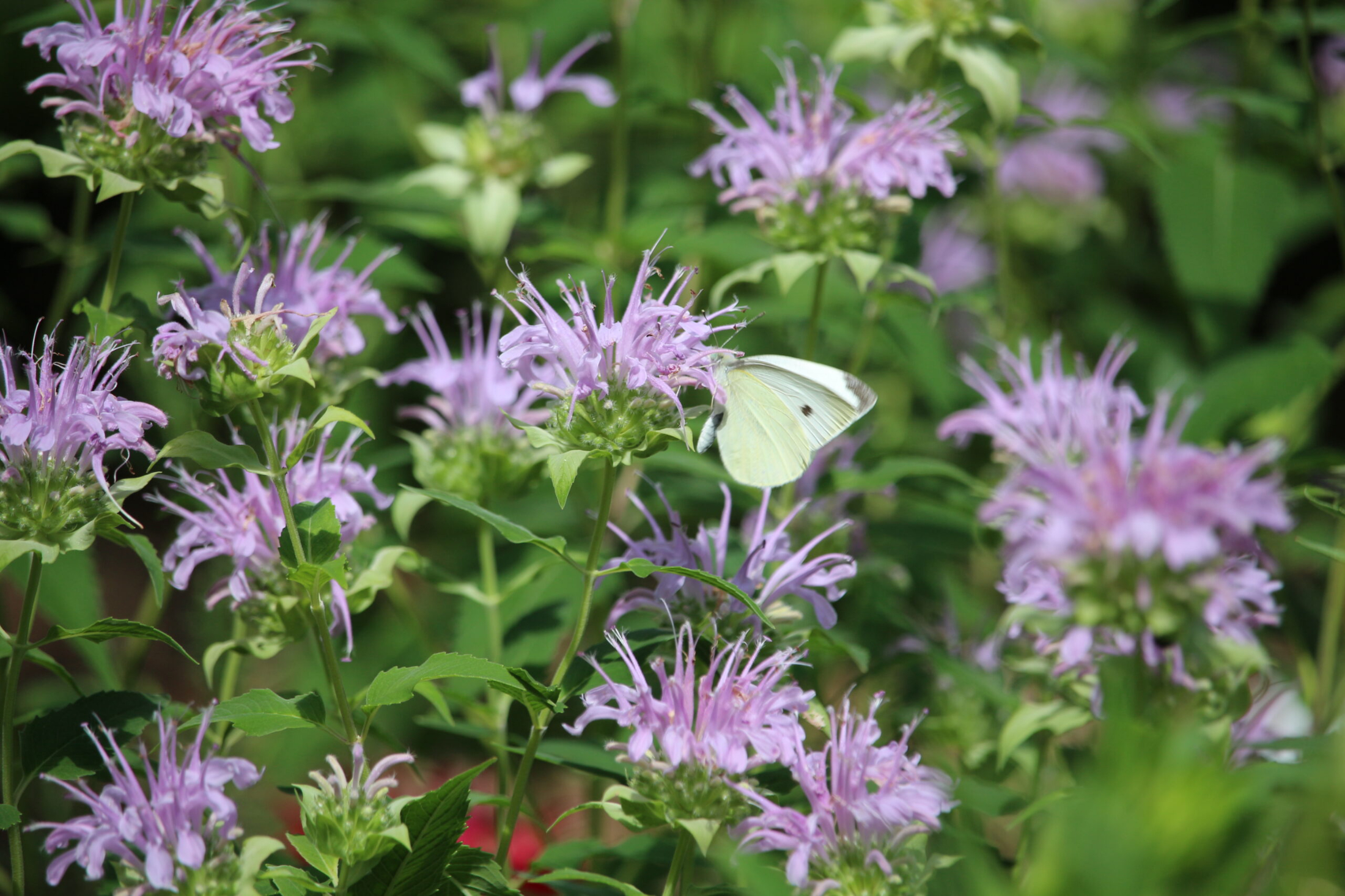
Wild Bergamot (Monarda fistulosa)
Description: Fragrant lavender flowers that bloom in mid-summer.
Wildlife Benefits: A vital nectar source for hummingbirds, bees, and butterflies.
Growing Tips: Prefers well-drained soil and full sun to partial shade.
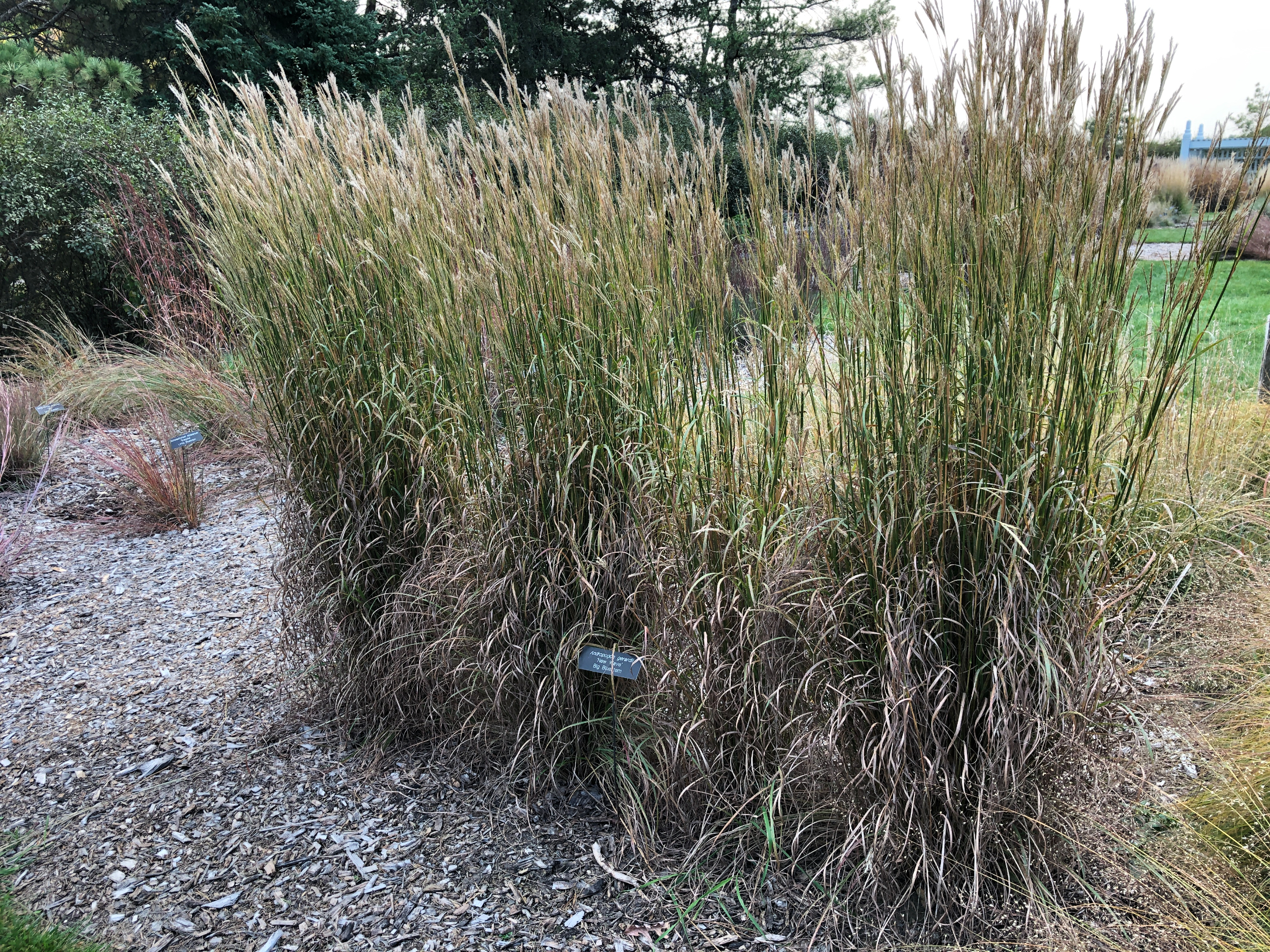
Big Bluestem (Andropogon gerardii)
Description: A tall prairie grass with rust-colored seed heads that sway gracefully in the wind.
Wildlife Benefits: Provides nesting material and cover for small animals and birds.
Growing Tips: Thrives in sunny, well-drained locations.

Little Bluestem (Schizachyrium scoparium)
Description: Compact and versatile, this grass features stunning blue-green foliage that turns bronze in the fall.
Wildlife Benefits: Seeds are a food source for birds, and the plant offers shelter for insects.
Growing Tips: Grows well in urban conditions with full sun and dry to medium soil.
Shrubs for Urban Spaces
Shrubs add structure and year-round interest to gardens. Native shrubs can also provide berries, flowers, and shelter for urban wildlife.
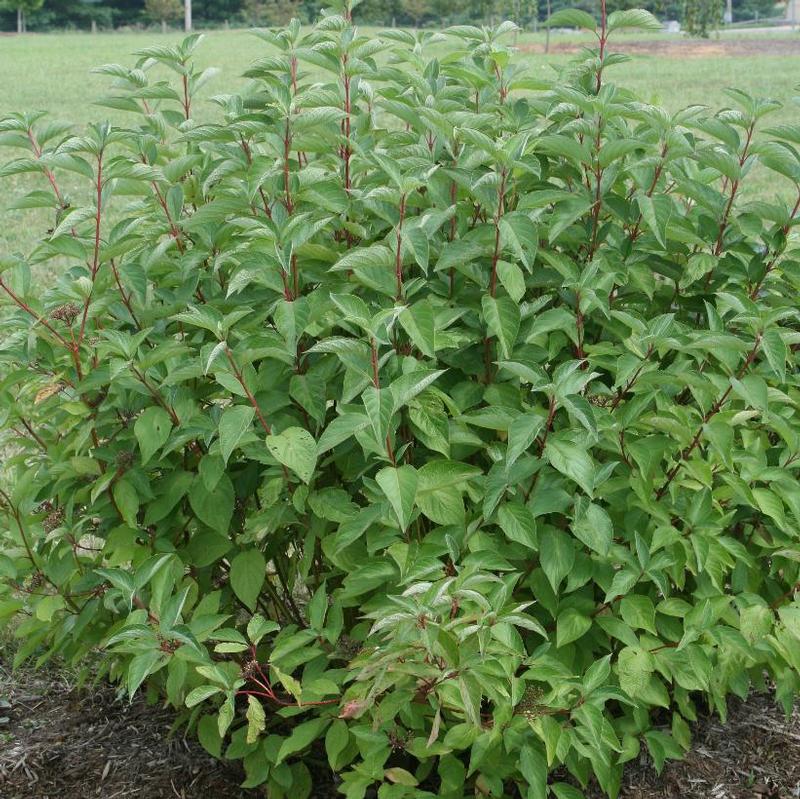
Red-Osier Dogwood (Cornus sericea)
Description: Known for its striking red stems, this shrub produces clusters of white flowers followed by white berries.
Wildlife Benefits: A favorite for birds and pollinators.
Growing Tips: Adaptable to various soil conditions and thrives in full sun to partial shade.

Snowberry (Symphoricarpos albus)
Description: Small, round white berries adorn this hardy shrub in the fall.
Wildlife Benefits: Provides food and cover for birds and small mammals.
Growing Tips: Thrives in well-drained soil and tolerates partial shade.

Ninebark (Physocarpus opulifolius)
Description: An attractive shrub with peeling bark and clusters of white or pink flowers.
Wildlife Benefits: Nectar-rich flowers support pollinators, while its dense foliage offers cover for birds.
Growing Tips: Prefers well-drained soil and full sun.
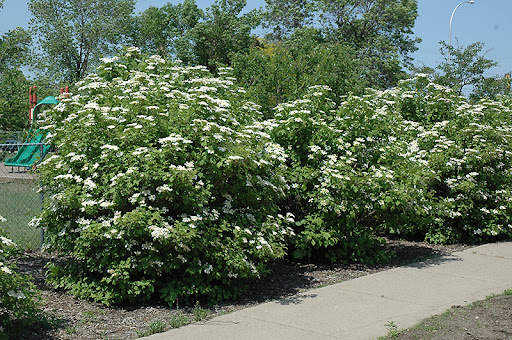
Highbush Cranberry (Viburnum trilobum)
Description: Showy white flower clusters give way to bright red berries in the fall.
Wildlife Benefits: A food source for birds and a host plant for certain butterfly species.
Growing Tips: Grows well in full sun to partial shade and moist soil.
Native Trees for Urban Gardens
Trees are essential for providing shade, reducing urban heat, and improving air quality. Here are some native options that thrive in urban Manitoba:
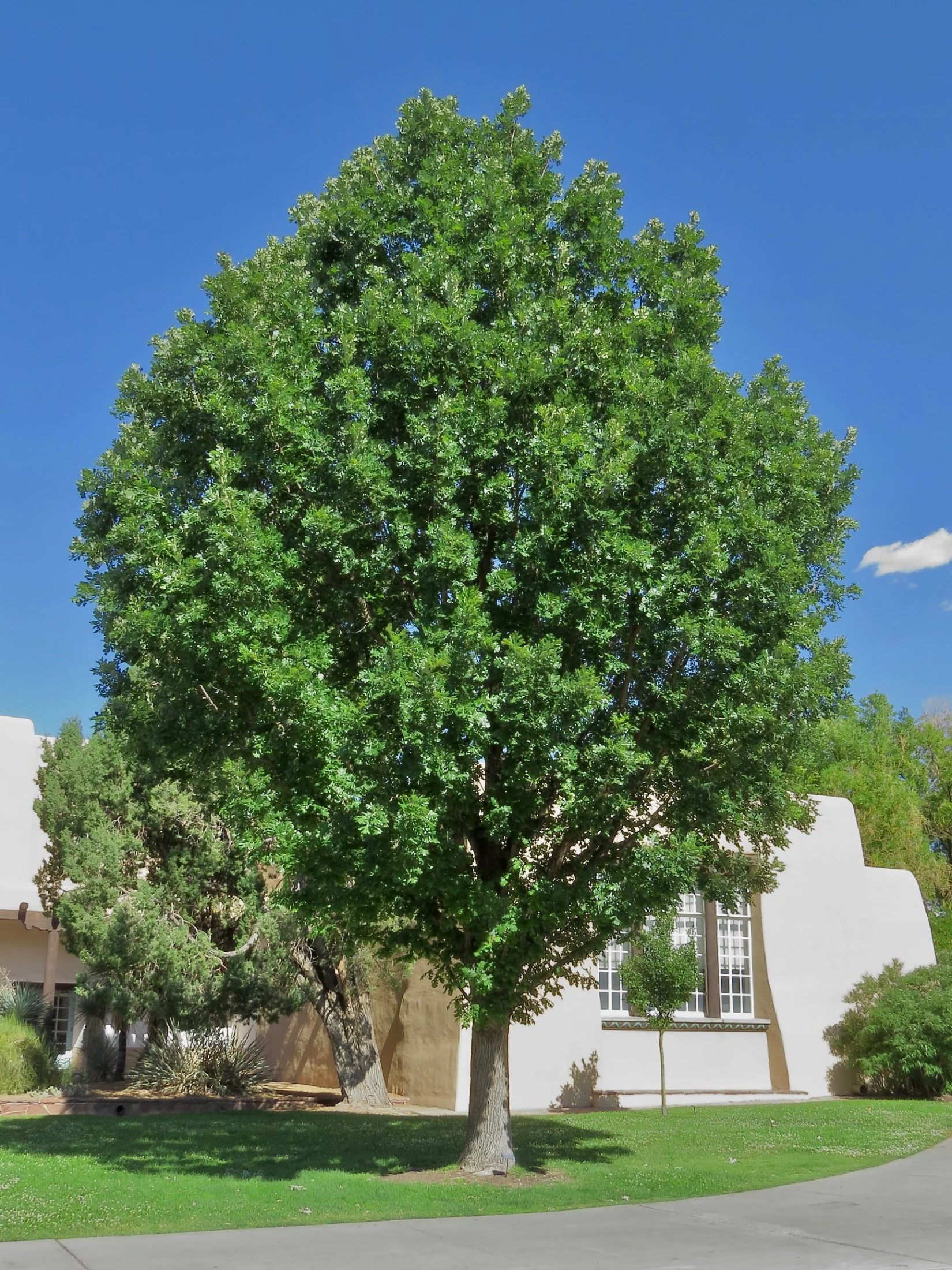
Bur Oak (Quercus macrocarpa)
Description: A majestic, slow-growing tree with a broad canopy and lobed leaves.
Wildlife Benefits: Acorns feed squirrels, deer, and birds, while the tree provides nesting sites.
Growing Tips: Tolerates clay soil and urban pollution.

Trembling Aspen (Populus tremuloides)
Description: Known for its quaking leaves, this fast-growing tree adds dynamic movement to the landscape.
Wildlife Benefits: Offers habitat for birds and small mammals.
Growing Tips: Thrives in full sun and well-drained soil.

American Basswood (Tilia americana)
Description: A stately tree with heart-shaped leaves and fragrant flowers.
Wildlife Benefits: Attracts pollinators with its flowers and provides shade for urban wildlife.
Growing Tips: Prefers moist, well-drained soil and tolerates partial shade.
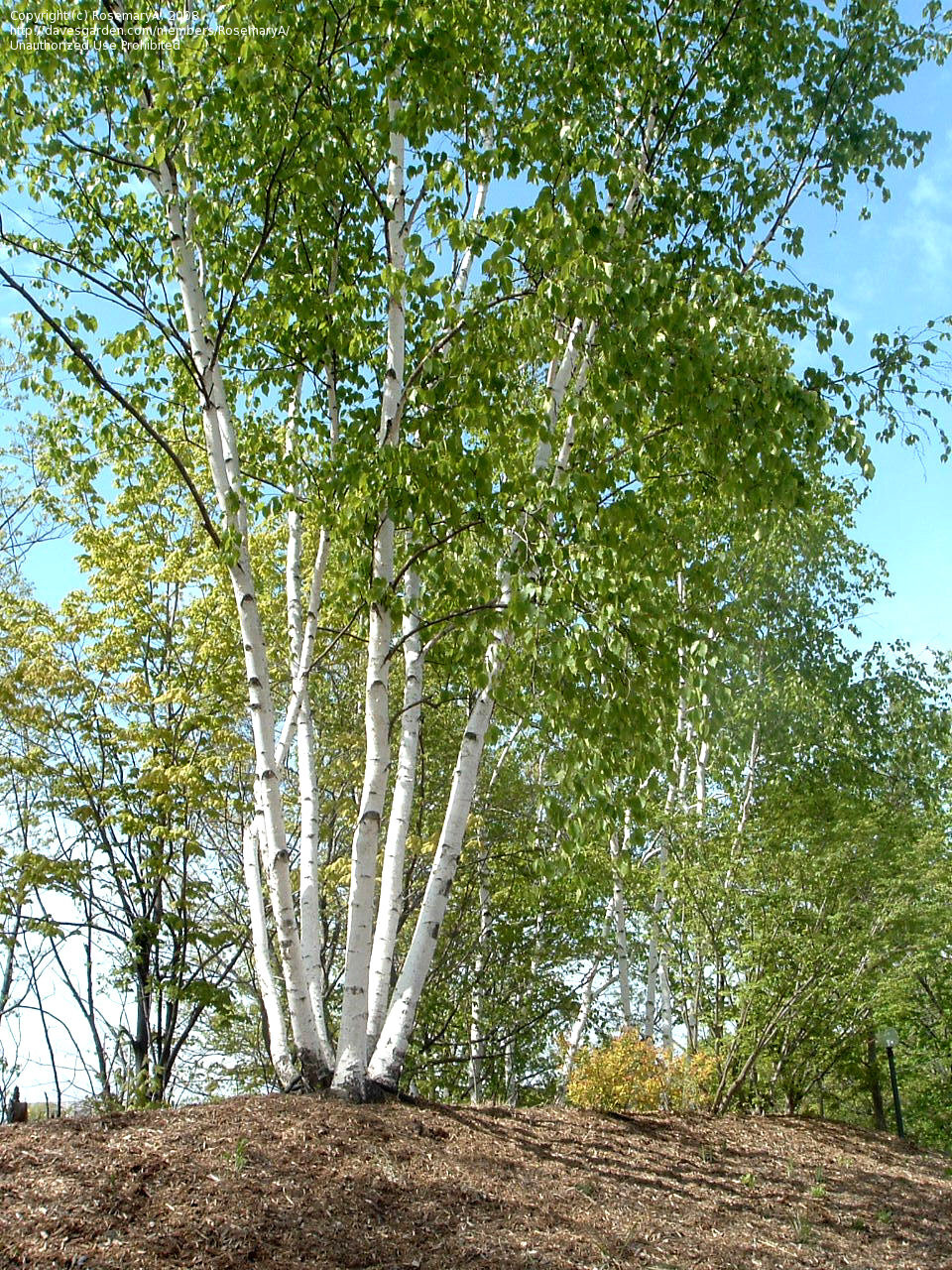
Paper Birch (Betula papyrifera)
Description: This iconic tree features white bark and delicate, airy foliage.
Wildlife Benefits: Supports birds and insects, and its seeds feed small mammals.
Growing Tips: Grows well in full sun and moderately moist soil.

Manitoba Maple (Acer negundo)
Description: A hardy and fast-growing tree with vibrant yellow fall foliage.
Wildlife Benefits: Seeds are an important food source for birds and small mammals.
Growing Tips: Thrives in diverse soil types and tolerates urban conditions.
Designing an Urban Native Plant Garden
Creating a native garden in urban areas involves thoughtful planning to maximize beauty, functionality, and ecological benefits. Here are some design tips:
Maximize Space: Use vertical gardening techniques, such as trellises or climbing plants like Virginia Creeper, to make the most of limited space.
Create Layers: Combine groundcovers, flowers, shrubs, and trees to mimic natural ecosystems. This layering provides diverse habitats for various species.
Focus on Pollinators: Include a mix of native flowering plants to support bees, butterflies, and hummingbirds. Aim for a sequence of blooms throughout the growing season.
Incorporate Hardscaping: Use natural materials like stone or wood for pathways and borders to complement the native plant aesthetic.
Add Water Features: A birdbath, small pond, or even a shallow water dish can attract birds, amphibians, and beneficial insects.
Choose Multi-Functional Plants: Opt for species that provide visual interest, habitat, and food for wildlife, such as Highbush Cranberry or Red-Osier Dogwood.
Maintenance Tips for Urban Native Gardens
While native plants are generally low-maintenance, a little care goes a long way:
Watering: Water new plants until they are established; afterward, most native species require minimal irrigation.
Mulching: Use organic mulch to retain moisture, suppress weeds, and improve soil quality.
Pruning: Trim shrubs and trees as needed to maintain shape and remove dead or diseased branches.
Weeding: Regularly remove invasive species to prevent competition with native plants.
Benefits of Native Plants in Urban Areas
Incorporating native plants into urban gardens offers numerous advantages:
Biodiversity: Native gardens attract and sustain a wide range of wildlife, enhancing urban ecosystems.
Environmental Impact: Reduced need for water, fertilizers, and pesticides minimizes the garden’s ecological footprint.
Community Engagement: Native gardens can inspire neighbors and contribute to a sense of community pride.
Climate Resilience: Native plants are better equipped to handle local weather extremes, including drought and cold winters.
Finding Native Plants in Manitoba
Several local nurseries and organizations specialize in native plants for urban gardens. Prairie Originals in Selkirk, for example, offers a variety of native flowers, grasses, shrubs, and trees. Many conservation groups also provide resources and workshops to help gardeners get started.
Conclusion
Transforming your urban garden with Manitoba’s native plants is a meaningful way to connect with nature and support local wildlife. By choosing species adapted to the region’s climate, you create a sustainable and vibrant space that benefits both people and the environment. Whether you’re planting a small flower bed or designing a multi-layered landscape, native plants bring beauty, biodiversity, and ecological balance to urban areas.
Comments:
Post Your Comment: